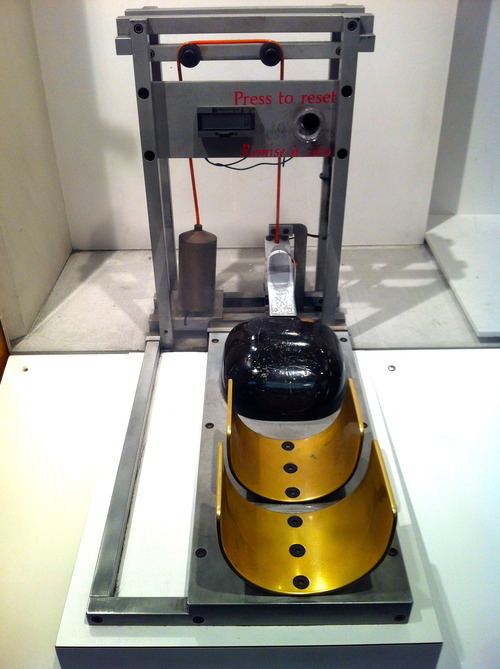Inducement and Goals for Publishers
In the latter part of the 19th century, psychologists conducted an experiment to understand a phenomenon that was later referred to as “inducement”.

The experiment asked volunteers to sit at a desk with a machine where you could comfortably rest your arm and press a small button or trigger with one of your fingers. The machine recorded the number of times that the button was pressed and displayed the result as a counter after every press.
Volunteers were first asked to press the button as many times as they could within a fixed amount of time without looking at the counter result (let’s assume they were blindfolded). After a brief rest, the volunteer was asked to use the same finger to press the button as many times as they could in the same amount of time but were told to look at the counter showing their progress. The experiment tried both starting with seeing results and starting blindfolded.
When pressing the button while looking at the counter, volunteers always did better than when not looking at the counter as they pressed.
Put simply, when people see how they’re doing, they do better.
At Parse.ly, we believe the same is true within any publisher’s organization. Employees that can see their progress against a clear goal will always outperform an industry which has been known for its love of flying blind.
But let’s not completely kid ourselves, the aforementioned experiment had two simplifying factors:
- The task at hand was simple and well defined. Press a trigger as many times as you can before this clock says stop.
- The goal was as well defined as the tast. More button presses = a better result.
Being an analytics company, our focus isn’t on trying to reduce your job to pressing a button (we can’t / aren’t interested in simplifying the task at hand) but we are interested in measurement against goals.
From working with major publishers we often see two issues.
The first is that not everyone is given access to the counter. Anyone who works on a site’s digital efforts is pushing one of many buttons that are moving counters, but not all participants have access to the counter. Instead of “data democratization” it is assumed that analysis and reporting is the domain of one single department (or sometimes person). The usual arguments we hear to support this are:
- Without formal training, the tools are too complicated to understand and people will jump to bad conclusions without the “filter” of an analytics group
- Management doesn’t want their reporters concerned about article/content performance when their day job is reporting on the day’s stories
Both at Parse.ly and as the head of digital analytics at both Rogers Media and The Globe and Mail, I didn’t agree with this approach. Half of my reason for joining the team at Parse.ly is that they have nailed the first concern. A new user jumping into our product Dash just instantly “gets it” and there’s no need for a multi-day training session to understand the basics. As for the second objection, in my past life I usually tried to work with select reporters or editorial staff to show that the right data in a reporter’s hands only works to help understand their readership and increase their exposure. Once it was proven with one person, I’d use that to help justify further changes.
The second issue is that it’s hard to agree on what the counter should actually measure. A publisher’s goals aren’t always as straightforward as an e-commerce site for example. If an online retailer increases order size/frequency of purchase, average order value and conversion rate while not vastly increasing expenses, then they have achieved gains in profitability and everyone is happy. A lot of analytics tools do a great job at helping to understand the interplay between these metrics.
Digital publishers aren’t without goals, but many can’t move beyond page views or if you’re lucky, unique visitors. The usual reason being that it’s often just too difficult using to go beyond these metrics with their current digital analytics tool. They might have the data in there somewhere (in fact, I’ll bet that you do), but surfacing it and then also showing how activities are helping to move the needle is just too tough.
At Parse.ly, our hope is to help publishers move beyond those measurement barriers. Beyond knowing what’s popular on the site right now or this past month, we want to help you understand how your content is actually changing behaviors. What if that new article you just published wasn’t in the top 10 most viewed but actually brought in more first-time users that you were able to convert to loyal readers? What if it’s actually driving far more downstream engagement because the related content was far more relevant to the audience reading it?
These are tough questions to answer, but they’re the ones that need to be answered to help move the industry forward.
After reading this article I hope the central point sticks, when people see how they’re doing, they do better. Do the people “pushing the buttons” on your site have a counter and does everyone understand and agree on what the counter should be?
Mike Sukmanowsky, Product Lead